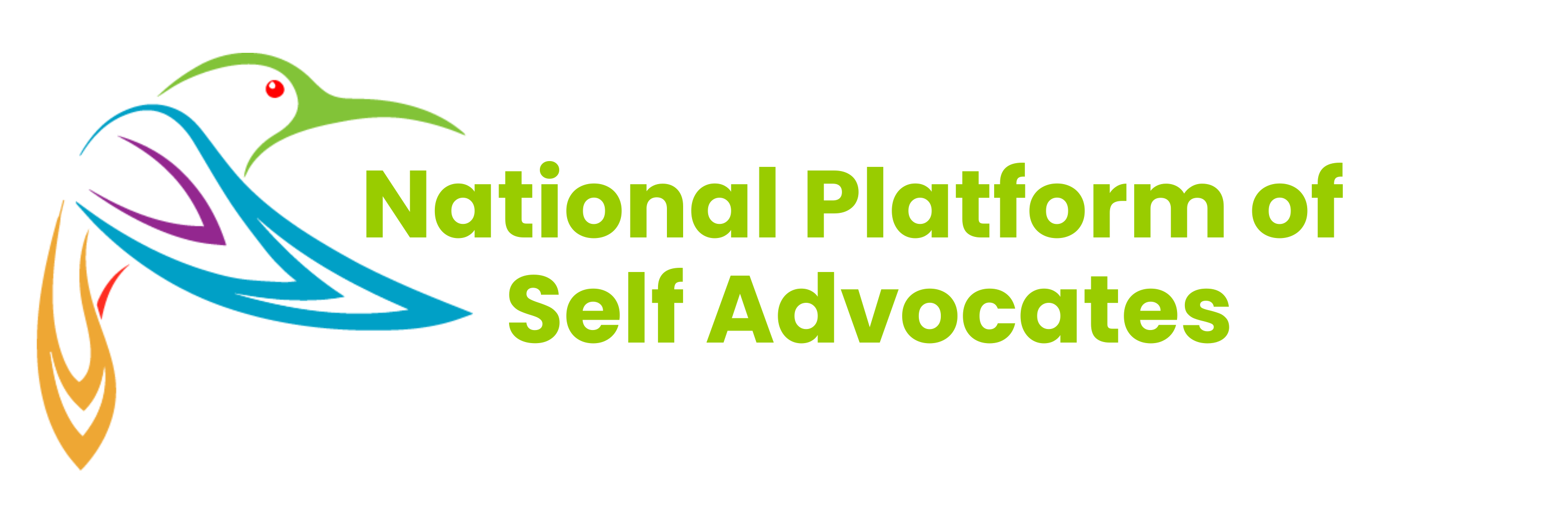When creating presentations take careful consideration of the unique needs and abilities of the audience. Creating accessible presentations include people with intellectual disabilities. This allows everybody to fully participate and benefit from the content.
1. Simple and Clear Content:
Keep the content of your presentation simple, clear, and easy to understand. Use plain language. Don’t use complicated words or jargon. Break down information into smaller pieces. Focus on key points of the information.
2. Visual Supports:
Use visual supports like pictures, images, icons, and videos to help people understand the information.
Use visuals to illustrate concepts, reinforce key points, and provide context to the content. Ensure that visuals are clear, relevant, and easy to interpret.
3. Text Formatting: Use large, easy-to-read fonts and clear, high-contrast colors for text and background. Don’t use decorative fonts or backgrounds that may be difficult to read. Use bold or italicized text sparingly and consistently for emphasis.
4. Structured Layout:
Organise your presentation with a structured layout that follows a format. Use headings, subheadings, bullet points, and numbered lists to break up text and make it easier to navigate. Make sure thatthe flow of information is logical.
5. Audio Descriptions:
Audio descriptions help individuals with visual impairments or intellectual disabilities understand the content of the presentation more fully.
6. Interactive Elements:
Include interactive elements like quizze or hands-on activities to engage participants and reinforce learning. Keep interactions simple and provide clear instructions on how to participate.
7. Accessible Technology:
Ensure that the presentation is compatible with assistive technologies such as screen readers, magnification software, or alternative input devices. Use accessible presentation software that allows for keyboard navigation and provides options for adjusting text size and contrast.
8. Provide Handouts or Summaries:
Offer handouts or written summaries of the presentation to participants. Some people like to have a hardcopy of a presentation. This helps people understand the presentation by being able to make reference during and after the presentation. Include key points, visual aids. Include additional resources that people can look at to further their understanding and knowledge.
9. Allow for Processing Time:
Allow participants with intellectual disabilities additional time to process information and respond to questions. Be patient and supportive, and provide opportunities for individuals to ask questions or look for clarification.
10. Evaluate Accessibility:
Look for feedback after the rpesentation. This is a great opportunity to evaluate the accessibility of the content. Ask for suggestions on how to improve accessibility for future presentations to make improvements.
